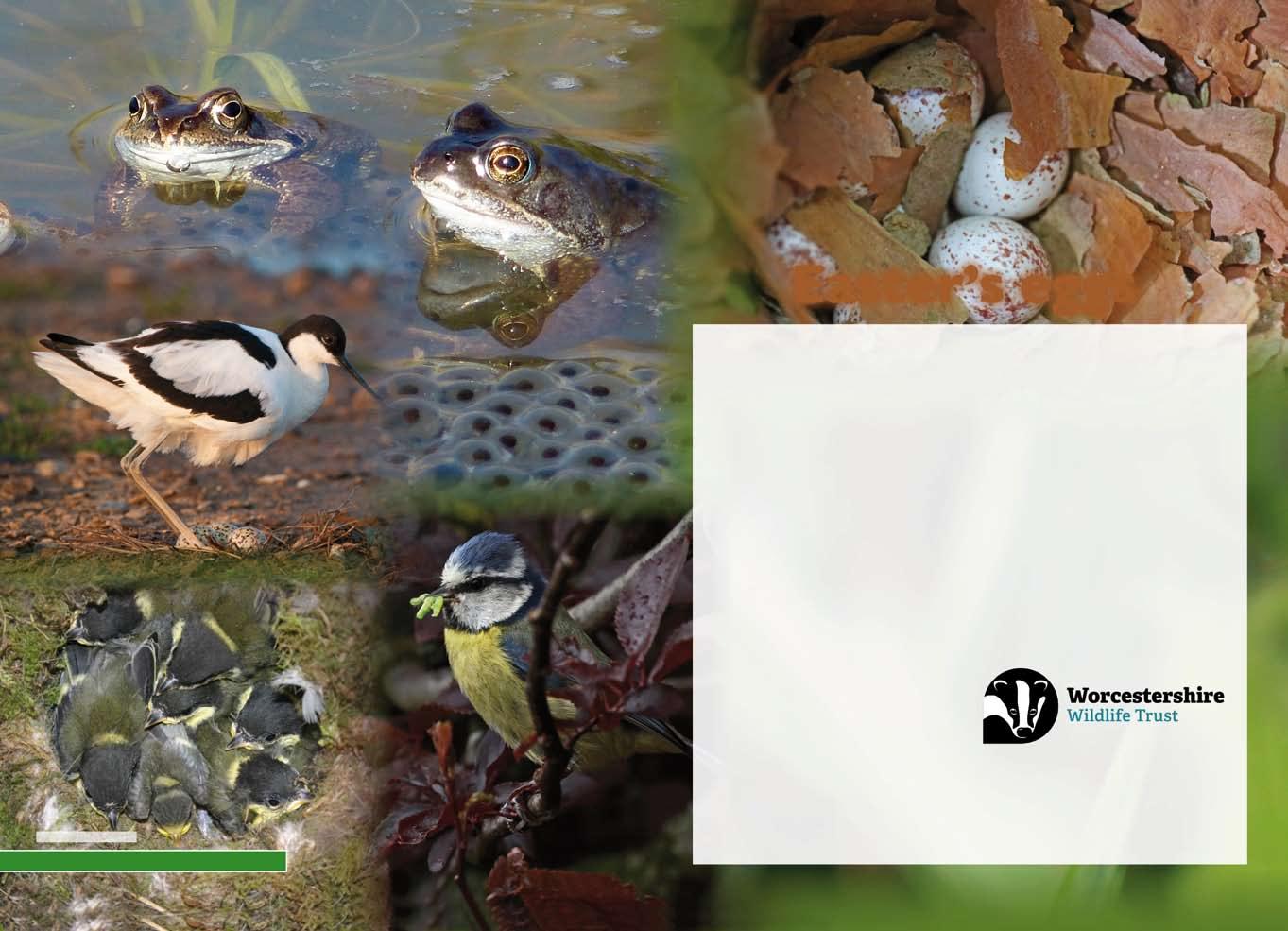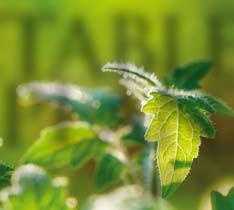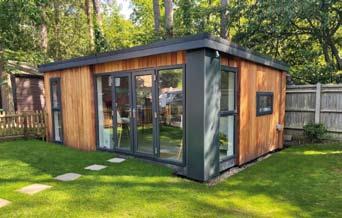
2 minute read
Easter’s eggs
Whilsttucking into your chocolate Easter egg, take a moment to think about the work to create the many shapes and sizes of eggs in the natural world, from frogspawn to bird eggs.
The eggs of female toads, for example, develop before they hibernate in winter. This means that when they wake the following year, they have to carry their eggs – sometimes up to a mile – to their breeding pond. For birds, it’s estimated that it costs more than 200% of their normal daily energy just to produce one egg. Take the bandit-masked blue tit in your garden as an example. A clutch of blue tit eggs contains more calcium than the mother’s entire skeleton!
Advertisement
By the time you read this, birds will have been pairing up, mating and building nests. Timing your breeding season with the availability of food for chicks is crucial but hard. Adult birds have just come through winter and need time to build their own energy levels. Then, as our climate changes, there is a risk that hatching chicks miss the boom of caterpillar or other food emergence. Let’s take another look at that blue tit family for a moment – each chick requires around 100 caterpillars a day and each blue tit nest has about 10 chicks; that’s a lot of food. For migrating birds like willow warbler and cuckoo, a timing mismatch can be even more devastating. Once you know this, you realise just how important it is for us to protect and create diverse green spaces and gardens to ensure that our wildlife survives and thrives.
Bird eggshells are made of calcium carbonate so they’re basically white. White is easy for a predator to spot so birds use two different pigments – one derives from bile and provides blue and green shading, the other derives from blood and creates spots and patterns. Birds that nest in trees and hedgerows, like dunnock and song thrush, often have blue or green eggs. Birds that nest in dark holes, such as blue tits and nuthatches, have pale eggs so the parents can see them. Birds that nest on the ground, such as avocet or skylark, often have brown or speckled eggs for maximum camouflage. Guillemots, a coastal bird, nest in large colonies and their eggs are very differently marked so that each pair can recognise their own egg.
It’s important not to disturb breeding birds (and it’s illegal to take their eggs) so please keep dogs on a lead and stick to paths when you’re out for a walk; birds don’t just nest high in trees and may abandon their young if they consider a threat is too large. If a bird is ‘shouting’ at you as you stop to pause or have a picnic, they’re concerned about their nest so move on and let them continue protecting and feeding their young. At home, think about when and how you cut your hedges and tidy your garden – wait until late summer when chicks have fledged. To help wildlife in your patch, visit www.worcswildlifetrust.co.uk/ wildlife-gardening for tips and ideas.












